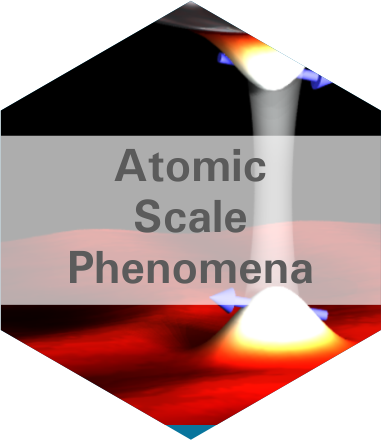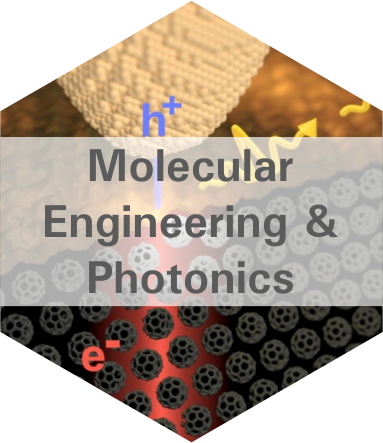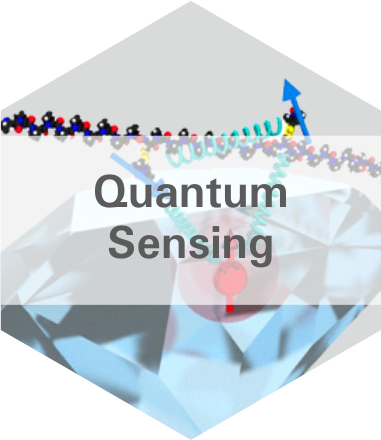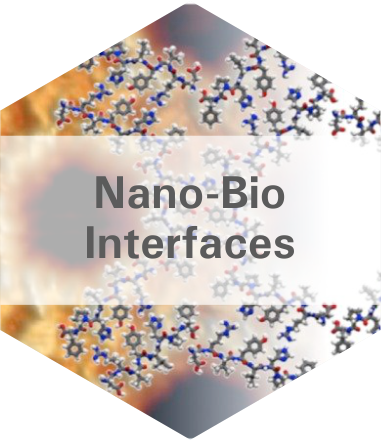Nanoscale Science Department
Research efforts in the Department are centered on nanoscale science and technology with a focus on the bottom-up paradigm. The aim of the interdisciplinary research at the interface between physics, chemistry and biology is to gain control of materials at the atomic and molecular level, enabling the design of systems and devices with properties determined by quantum behavior on one hand and approaching functionalities of living matter on the other hand.






Highlights
The capability to selectively excite atomic vibrations is crucial to driving and controlling chemistry at the single molecule level. A key parameter to driving vibrations in a molecule is the wavelength of the exciting laser. Until date, rapid re-distribution of excitation energy among various vibration modes made selective excitation very difficult in a complex molecule. By placing a single molecule in an ultralow temperature cavity, the re-distribution of excitation energy in the molecule can be significantly decelerated; enabling researchers from Max Planck Institute for Solid State Research (MPI-FKF Stuttgart) and University of Madrid to selective excite vibrations in single complex molecule.
more
The pursuit of realizing light-wave electronics, where one is able to drive, manipulate, and store electronic oscillations in solids by using light has the key perquisite of being able to directly measure electron oscillations. Nonlinear optical techniques can measure the consequence of the ultrafast electron oscillations in solids, but cannot unambiguously measure them directly in time. Researchers from Max Planck Institute for Solid State Research (MPI-FKF, Stuttgart) and University of Stuttgart have now developed an innovative self-referencing method to directly measure electron oscillations in a quantum nanodevice.
more
We develop a methodology that allows glycans (carbohydrates) bonded to proteins and lipids to be directly observed. Glycan-decorated molecules are deposited on surface by electrospray deposition for their imaging at cryogenic temperatures. Direct imaging of these glycan-decorated molecules using a Scanning Tunnelling Microscope permits all glycan structures in a protein or a lipid to be determined at the single molecule level. Our approach opens new opportunities to determine structures of many more glycan-decorated molecules that play central roles in our health and diseases.
more
Can one see how atoms move inside a single molecule? By performing ultrafast spectroscopy in a scanning tunneling microscope, researchers from Max Planck Institute for Solid State Research (MPI-FKF Stuttgart) and Autonomous University of Madrid (UAM) showed that the periodic motion of the atoms (vibrations) in a single molecule can be captured and precisely controlled. The work opens the path to directly capture the snapshots of atomic motion in molecules/materials undergoing chemical/phase transformations.
more













